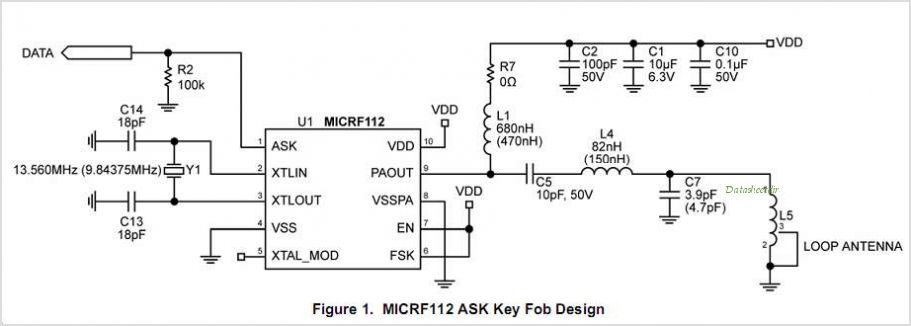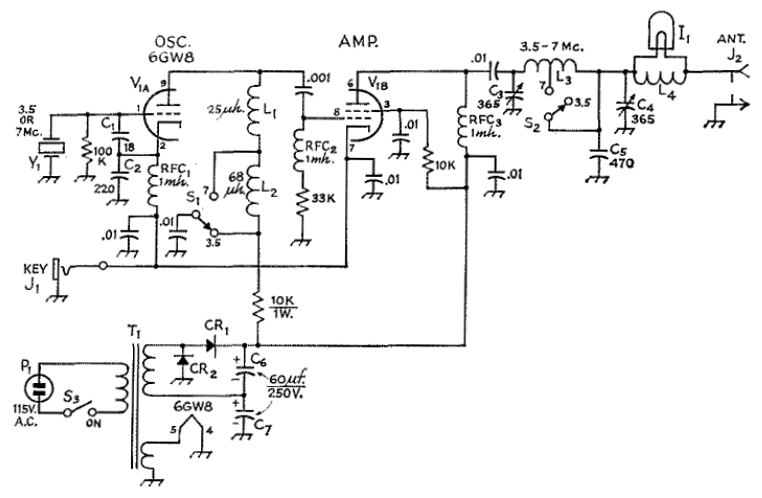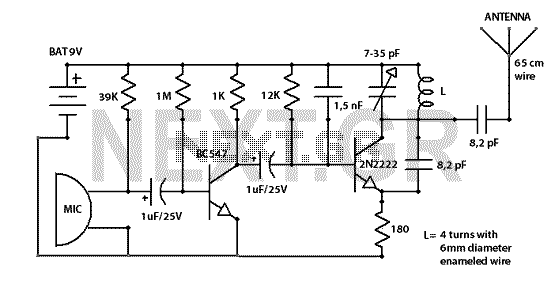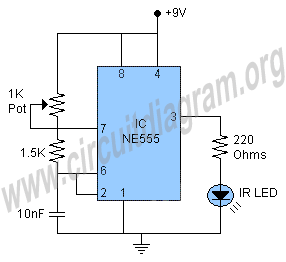
MICRF112 MICRF112: QwikRadio ?® UHF ASK/FSK Transmitter

The ADC12038 family consists of 12-bit plus sign sampling Analog-to-Digital Converters (ADCs) featuring serial input/output. These devices are equipped with configurable analog multiplexers that can accommodate 2, 4, or 8 input channels. Upon request, these ADCs can execute a self-calibration routine to reduce linearity, zero, and full-scale errors. To conserve power, these devices include a power-down mode that can be activated either through a hardware pin (PD) or via a software command. The family includes models such as ADC12030, ADC12032, ADC12034, ADC12038, ADC12L030, ADC12L032, ADC12L034, ADC12L038, ADC12H030, ADC12H032, ADC12H034, and ADC12H038.
The ADC12038 series is designed for precision applications requiring high-resolution data acquisition. Each model within this family supports 12-bit resolution, allowing for a dynamic range that is suitable for various signal processing tasks. The serial I/O interface simplifies integration into digital systems, enabling straightforward communication with microcontrollers or digital signal processors.
The analog multiplexer within these ADCs allows for flexible input configurations, making it possible to select from multiple signal sources without the need for additional external components. This feature is particularly beneficial in applications such as sensor data acquisition, where multiple sensors may need to be monitored by a single ADC.
The self-calibration routine enhances the accuracy of the ADC by correcting for inherent device errors, including linearity, zero offset, and full-scale deviations. This capability is crucial in systems where precision is paramount, as it ensures that the output digital values accurately represent the input analog signals.
Power management is a significant consideration in the design of the ADC12038 series. The inclusion of a power-down mode helps to minimize energy consumption during periods of inactivity, which is essential for battery-powered applications. The ability to activate this mode via a dedicated hardware pin or through software commands provides flexibility in system design, allowing engineers to optimize power usage based on specific operational requirements.
Overall, the ADC12038 family of ADCs offers a robust solution for high-precision data acquisition with versatile input options and effective power management features, making it suitable for a wide range of electronic applications.The ADC12038 families are 12-bit plus sign sampling ADC converters with serial I/O. These devices have configurable Analog multiplexers with 2, 4, or 8 input channels. On re- quest, these A/Ds perform a self calibration routine that minimizes linearity, zero, and full-scale errors. To minimize power consumption these devices have a power down mode that CAN be accessed by hardware (PD pin) or by a software instruction. ADC12030 ADC12032 ADC12034 ADC12038 ADC12L030 ADC12L032 ADC12L034 ADC12L038 ADC12H030 ADC12H032 ADC12H034 ADC12H038 🔗 External reference
The ADC12038 series is designed for precision applications requiring high-resolution data acquisition. Each model within this family supports 12-bit resolution, allowing for a dynamic range that is suitable for various signal processing tasks. The serial I/O interface simplifies integration into digital systems, enabling straightforward communication with microcontrollers or digital signal processors.
The analog multiplexer within these ADCs allows for flexible input configurations, making it possible to select from multiple signal sources without the need for additional external components. This feature is particularly beneficial in applications such as sensor data acquisition, where multiple sensors may need to be monitored by a single ADC.
The self-calibration routine enhances the accuracy of the ADC by correcting for inherent device errors, including linearity, zero offset, and full-scale deviations. This capability is crucial in systems where precision is paramount, as it ensures that the output digital values accurately represent the input analog signals.
Power management is a significant consideration in the design of the ADC12038 series. The inclusion of a power-down mode helps to minimize energy consumption during periods of inactivity, which is essential for battery-powered applications. The ability to activate this mode via a dedicated hardware pin or through software commands provides flexibility in system design, allowing engineers to optimize power usage based on specific operational requirements.
Overall, the ADC12038 family of ADCs offers a robust solution for high-precision data acquisition with versatile input options and effective power management features, making it suitable for a wide range of electronic applications.The ADC12038 families are 12-bit plus sign sampling ADC converters with serial I/O. These devices have configurable Analog multiplexers with 2, 4, or 8 input channels. On re- quest, these A/Ds perform a self calibration routine that minimizes linearity, zero, and full-scale errors. To minimize power consumption these devices have a power down mode that CAN be accessed by hardware (PD pin) or by a software instruction. ADC12030 ADC12032 ADC12034 ADC12038 ADC12L030 ADC12L032 ADC12L034 ADC12L038 ADC12H030 ADC12H032 ADC12H034 ADC12H038 🔗 External reference
Warning: include(partials/cookie-banner.php): Failed to open stream: Permission denied in /var/www/html/nextgr/view-circuit.php on line 713
Warning: include(): Failed opening 'partials/cookie-banner.php' for inclusion (include_path='.:/usr/share/php') in /var/www/html/nextgr/view-circuit.php on line 713





